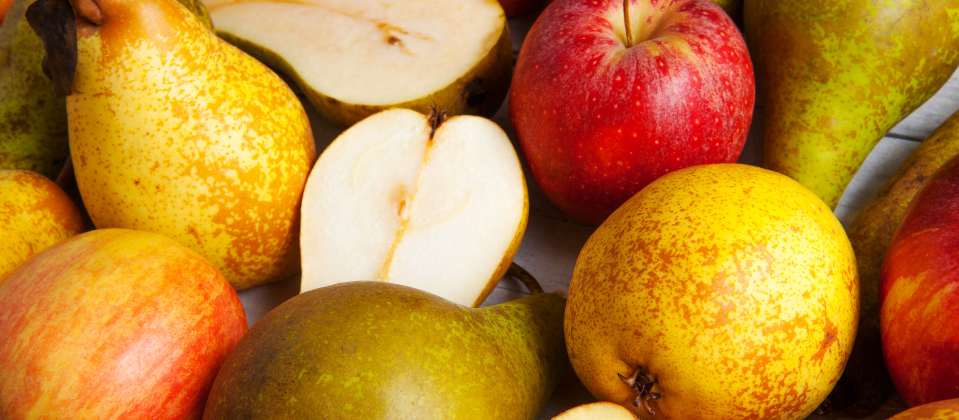Aims:
- To maintain a balance between fruiting and growth
- To maintain an appropriate shape and size to tree
- To keep tree healthy as well as productive
General principles:
- Use clean, sharp tools
- Take larger branches out in sections
- Cut cleanly on a slant, leave no snags (so cut to an outward facing bud or sideshoot)
- Cut weak growth hard, strong growth more lightly
- Keep the centre of the tree open (so you can throw your hat through!); keep the tree’s shape balanced around its centre of gravity
- Keep growth low and horizontal
- Know your shoots: growth buds lie flat to the branch, fruit buds are fatter (and furry later in spring)
Pruning process and steps:
- Prune trained trees (fans cordons and espaliers) in summer; prune bush and pyramid shaped trees in winter
- Stand back to look at the whole tree often, as you work methodically around it
- Remove dead, diseased or damaged wood
- Remove crossing branches that might rub each other
- Aim for fruiting branches to be horizontal (so cut out any dramatic verticals – although they may bend when laden)
- The tree should ideally have about 10 main permanent framework branches, with laterals (side branches) which produce fruit and are eventually replaced
- Cut sideshoots back by about a quarter to a third each year to make them branch to form fruiting laterals
- After about four years, these laterals should be removed in favour of new fruiting lateral shoots (this is renewal pruning)


